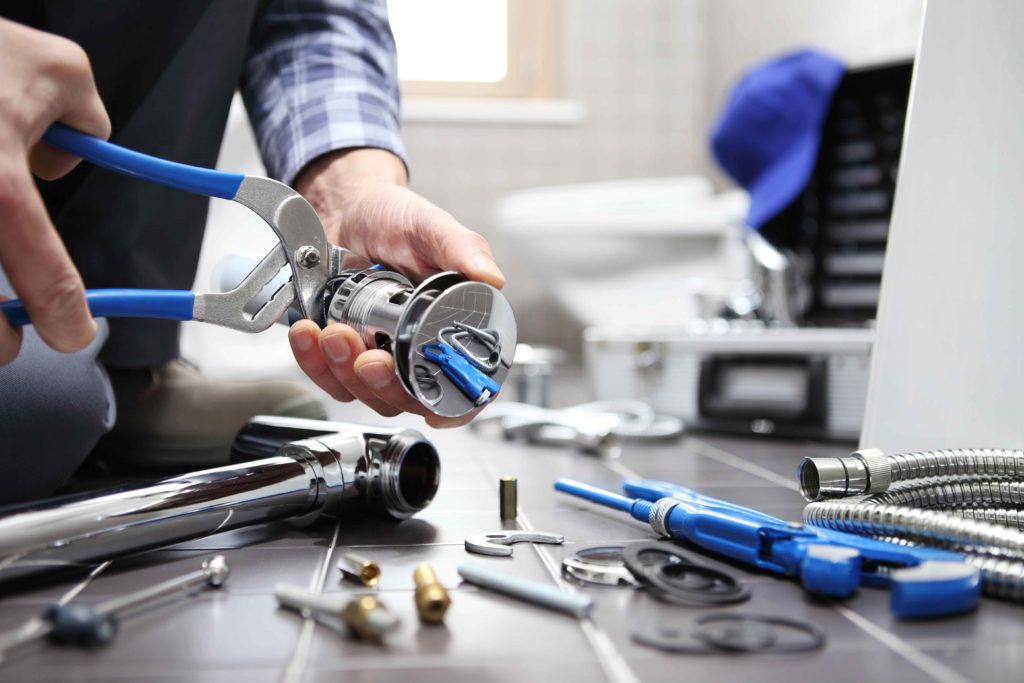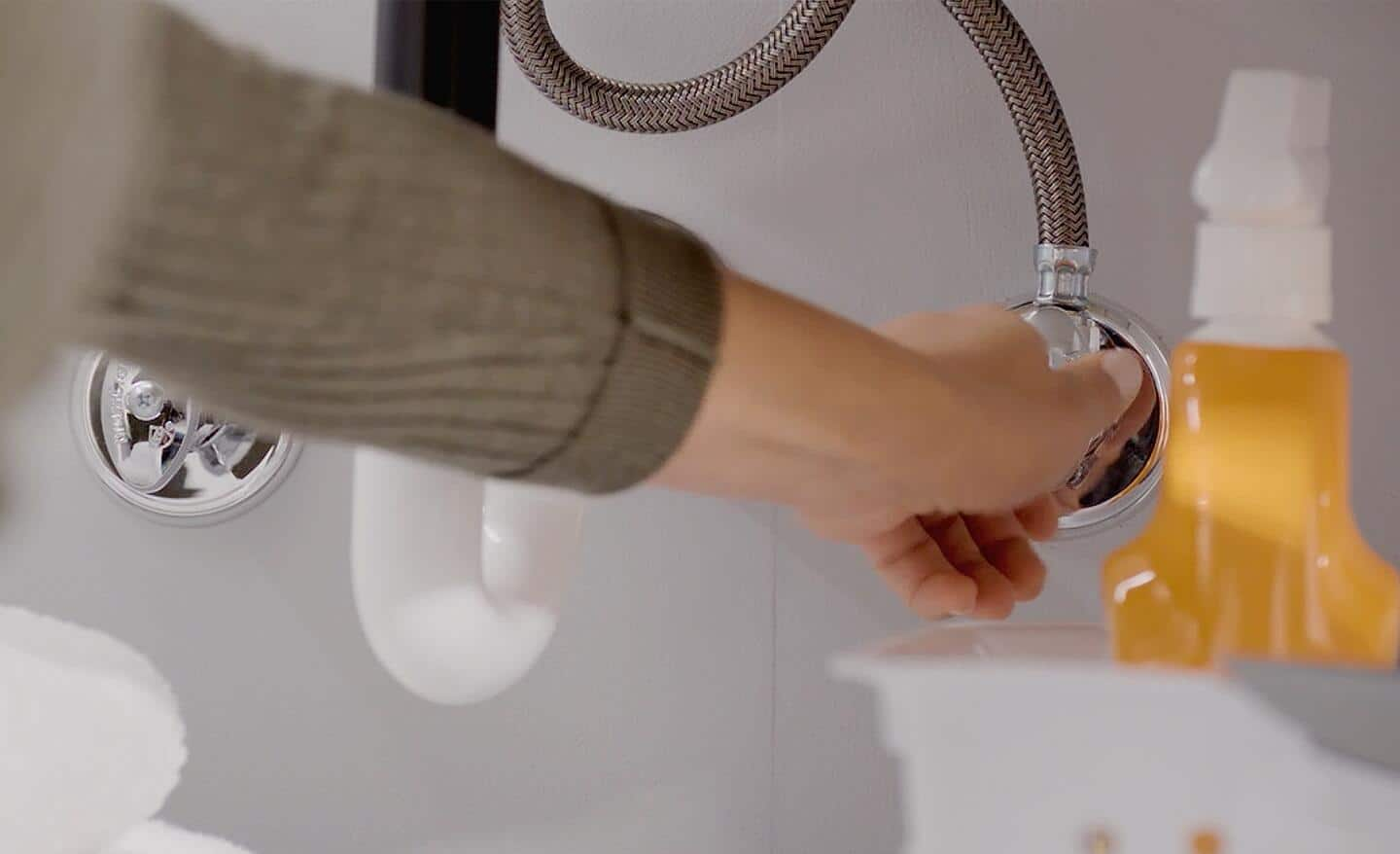The article below in relation to How to Fix a Dripping or Leaky Faucet is totally attention-grabbing. Try it and make your own personal findings.

Dripping taps may look like a small trouble, but their effect goes beyond simply the inconvenience of the audio. From wasting water to sustaining unnecessary financial costs and health risks, disregarding a leaking faucet can result in various effects. In this post, we'll delve into why it's crucial to resolve this typical home problem immediately and efficiently.
Wastage of Water
Environmental Impact
Trickling faucets contribute dramatically to water waste. According to the Epa (EPA), a solitary tap dripping at one drip per secondly can throw away greater than 3,000 gallons of water each year. This not only pressures water resources yet likewise influences ecological communities and wild animals dependent on them.
Step-by-Step Overview to Dealing With a Dripping Faucet
Tools Needed
Prior to attempting to take care of a trickling faucet, collect the essential tools, including a flexible wrench, screwdrivers, replacement parts (such as washing machines or cartridges), and plumber's tape.
Common Tap Issues and Their Solutions
Recognize the type of faucet and the certain issue triggering the drip. Typical troubles consist of worn-out washers, rusty valve seats, or damaged O-rings. Describe manufacturer instructions or on the internet tutorials for step-by-step support on repairs.
Financial Expenses
Enhanced Water Bills
Past the environmental impact, leaking faucets can inflate water costs significantly. The built up wastage in time converts into higher utility costs, which might have been prevented with prompt repair work.
Prospective Property Damage
Furthermore, extended trickling can bring about harm to components and surface areas bordering the tap. Water buildup can cause discoloration, deterioration, and also structural concerns if left unattended, causing additional repair costs.
Health Problems
Mold and Mold Development
The consistent visibility of moisture from a dripping tap produces an excellent setting for mold and mildew and mold development. These fungis not only compromise indoor air high quality however also posture health and wellness dangers, specifically for individuals with respiratory system conditions or allergic reactions.
Waterborne Illness
Stagnant water in leaking taps can become a breeding place for microorganisms and other virus, enhancing the risk of waterborne diseases. Impurities such as Legionella bacteria prosper in stagnant water, potentially causing significant health problems when consumed or inhaled.
Do it yourself vs. Professional Fixing
Advantages and disadvantages of DIY Repair Service
While some might attempt to deal with a dripping tap themselves, DIY repair work feature their own collection of challenges. Without appropriate expertise and tools, do it yourself attempts can worsen the issue or bring about incomplete repair services, extending the trouble.
Benefits of Working With a Specialist Plumber
Hiring an expert plumber makes certain that the underlying cause of the leaking tap is addressed efficiently. Plumbing professionals possess the expertise and devices to detect and fix faucet problems successfully, conserving time and minimizing the danger of more damages.
Environmental Responsibility
Private Payment to Conservation
Taking responsibility for taking care of trickling faucets aligns with wider initiatives towards water preservation and environmental sustainability. Every individual's actions collectively make a substantial effect on preserving valuable sources.
Lasting Living Practices
By focusing on punctual repairs and taking on water-saving behaviors, individuals contribute to sustainable living methods that benefit both present and future generations.
Preventive Measures
Routine Maintenance Tips
To stop dripping faucets, carry out routine maintenance such as cleaning up aerators, inspecting for leaks, and replacing damaged components immediately. In addition, think about mounting water-saving gadgets or updating to a lot more reliable components.
Relevance of Prompt Repairs
Attending to trickling taps as quickly as they're seen prevents further water wastage and potential damage, ultimately saving both water and cash in the future.
Impact on Building Worth
Perception of Well-Maintained Property
Maintaining a building in good condition, including dealing with maintenance concerns like dripping taps, enhances its viewed worth and value among prospective buyers or tenants.
Impact on Resale Worth
Residences with well-maintained plumbing fixtures, including faucets, command greater resale worths in the property market. Resolving dripping faucets can add to a positive impact throughout building inspections and settlements.
Verdict
Attending to a trickling faucet exceeds plain ease; it's a crucial step towards preserving water, decreasing economic prices, and guarding health and residential or commercial property. Whether with do it yourself repair work or specialist aid, doing something about it to repair trickling faucets is a tiny yet impactful means to advertise liable stewardship of sources and contribute to a healthier, a lot more sustainable future.
How to Fix a Dripping or Leaky Faucet
A leaking faucet is one of the most common problems that homeowners encounter, but it being commonplace doesn’t make it any less annoying. The constant drip drip drip of a leaking bathtub faucet, showerhead, or sink tap can disturb your home’s serenity. Left neglected, a dripping faucet can also result in higher water bills and discoloration or mold growth in your sink or plumbing fixtures.
Fortunately, you don’t have to be a trained plumber to know how to stop a dripping faucet. With some basic tools, replacement parts, and a little patience, leaky faucet repair is a breeze. In this article, we’ll explain what causes dripping faucets and how you can fix them.
What Causes a Leaking Faucet?
Kitchen and bathroom faucets come in all manner of designs, but most involve some combination of valves, O-rings, seals, and washers. The O-ring is usually the weakest link, but any one of these pieces can wear down over time. Heat, moisture, temperature fluctuations, minerals, mold, and movement can contribute to warping and corrosion, breaking the watertight seal. This just comes with the territory of being a homeowner. Everything is always subject to wear and tear, and some component parts of your appliances and fixtures need to be replaced on occasion. At least replacement O-rings are cheap!
More rarely, dripping faucets can be a symptom of excessively high water pressure. Were this the case in your home, you would probably notice that the leak is not isolated to one faucet. Water pressure issues are harder to resolve on your own. We recommend contacting a professional plumber if you suspect your water pressure is too high.
How to Fix a Dripping Faucet
Pipe wrench or monkey wrench Allen wrench set Screwdrivers Old towel or rag Shut off the water.
Before you do anything, you need to turn off the water to keep from drenching your kitchen or bathroom. You should find a valve under the sink and against the wall. Once you’ve turned this valve, try turning the faucet on to confirm that the water source has been cut off.
If you can’t locate your local valve for the faucet you’re working on, you can always shut off the water to the house at the main valve. Of course, this will prohibit anyone from using the sinks, showers, or toilets while you’re working on the faucet that’s giving you trouble.
Plug or block the drain.
You’ll be disassembling the faucet and removing some small bits of hardware. Plug the drain with a stopper or rag to avoid the possibility of a small screw falling into your P-trap.
Take apart the faucet assembly.
There are several varieties of kitchen and bathroom faucets, each with its own manner of assembly. For detailed instructions on how to disassemble your faucet, you can refer to the fixture’s manual or contact the manufacturer. If you know whether you have a ball, disc, cartridge, or compression faucet, you can find detailed schematics online.
In general, you need to begin by removing the faucet handles. You might notice a small screw that you’ll need to remove with a screwdriver or Allen wrench. If you don’t see any visible securing hardware, it’s likely hidden under a decorative cap that can be unscrewed or popped off with flathead screwdriver.
Remove each piece methodically, consulting a schematic when necessary. Take notes or arrange the pieces in such a way to make it easier to correctly reassemble the faucet later.
Remove the cartridge.
Once you’ve removed the handles and securing hardware, you should be able to remove the valve cartridge or stem. Some cartridges will slide right out. Other faucet models will require you to loosen a nut with a pipe wrench before you can remove the valve stem.
Examine the exposed hardware.
With the cartridge or stem removed, inspect the component parts. Check the rubber O-rings for wear and tear. Also examine the seat washer for corrosion or other damage. These pieces are usually the responsible parties for a dripping faucet, but it’s worth inspecting the other component parts while you have the faucet disassembled.
Find replacement parts.
Once you’ve identified which faucet component has failed, find an identical replacement. Your local hardware store should have O-rings, seat washers, and other standard components in stock. If you have a luxury or uncommon faucet, you may have to contact the manufacturer for a replacement part.
It’s a good idea to take your old parts with you to the hardware store so you can compare them with the store’s inventory and be sure you’re purchasing the correct replacement.
Reassemble the faucet.
With your new parts in hand, reconstruct the faucet and handles. Don’t be tempted to overtighten screws or nuts. You might think this could create a better seal, but it can instead damage or bend a delicate part of the assembly and create a new problem for you.
Turn on the water and test the faucet.
The only thing left to do is test your work. Unplug the sink, turn the water back on, and try the faucet. Congratulate yourself on a job well done!
https://www.libertyhomeguard.com/how-to-fix-a-dripping-or-leaky-faucet/

We had been made aware of that editorial on 4 Common Reasons for a Leaky Faucet through an acquaintance on a different site. Are you aware of another individual who is excited by the topic? Be sure share it. I cherish your readership.